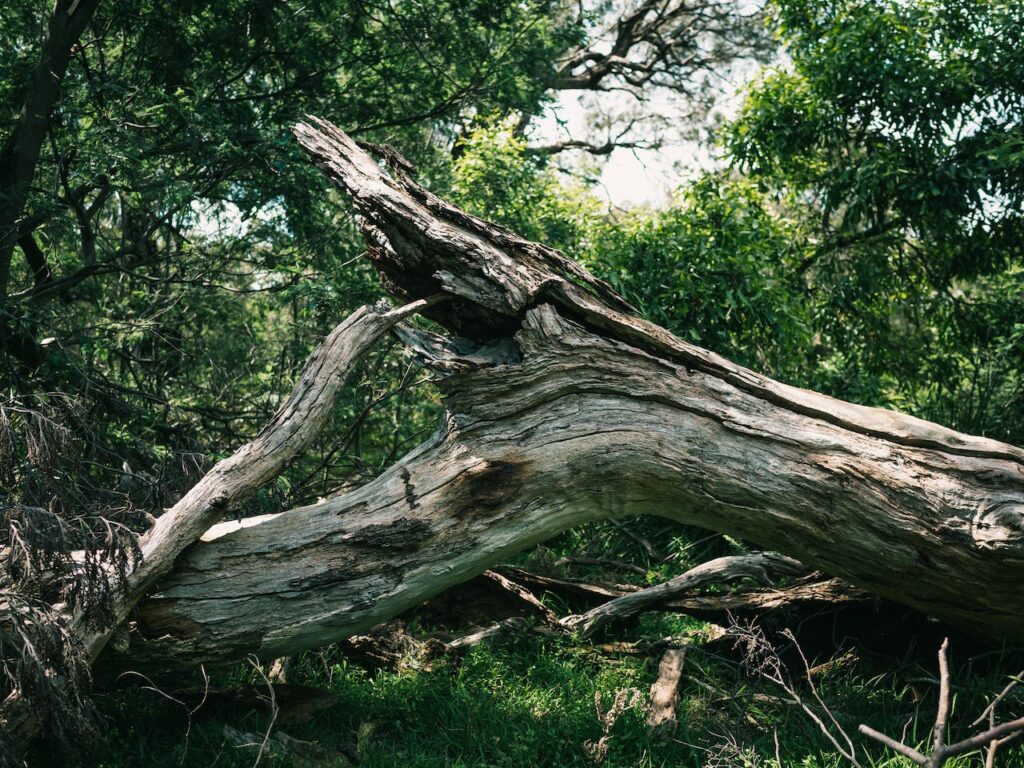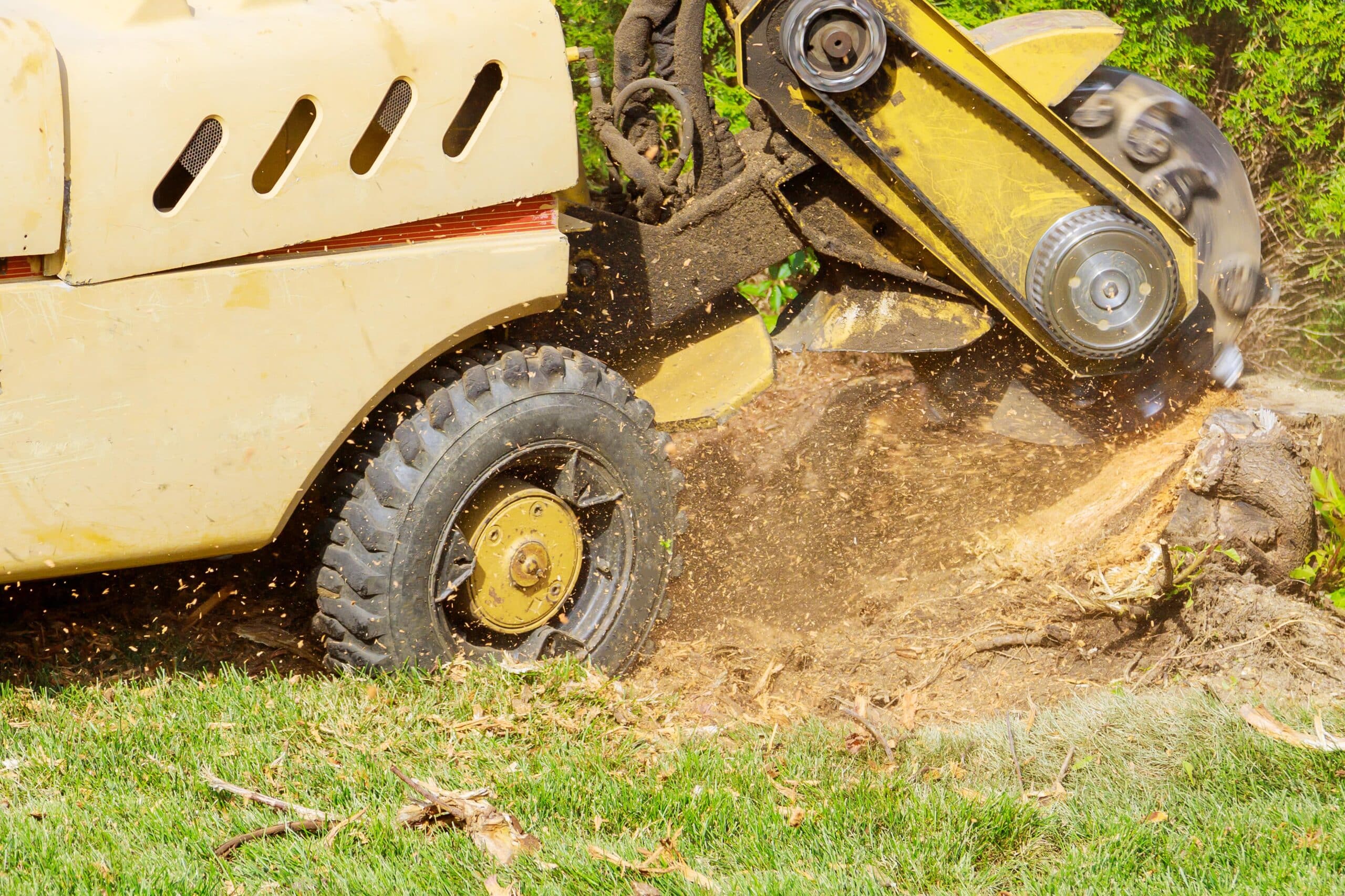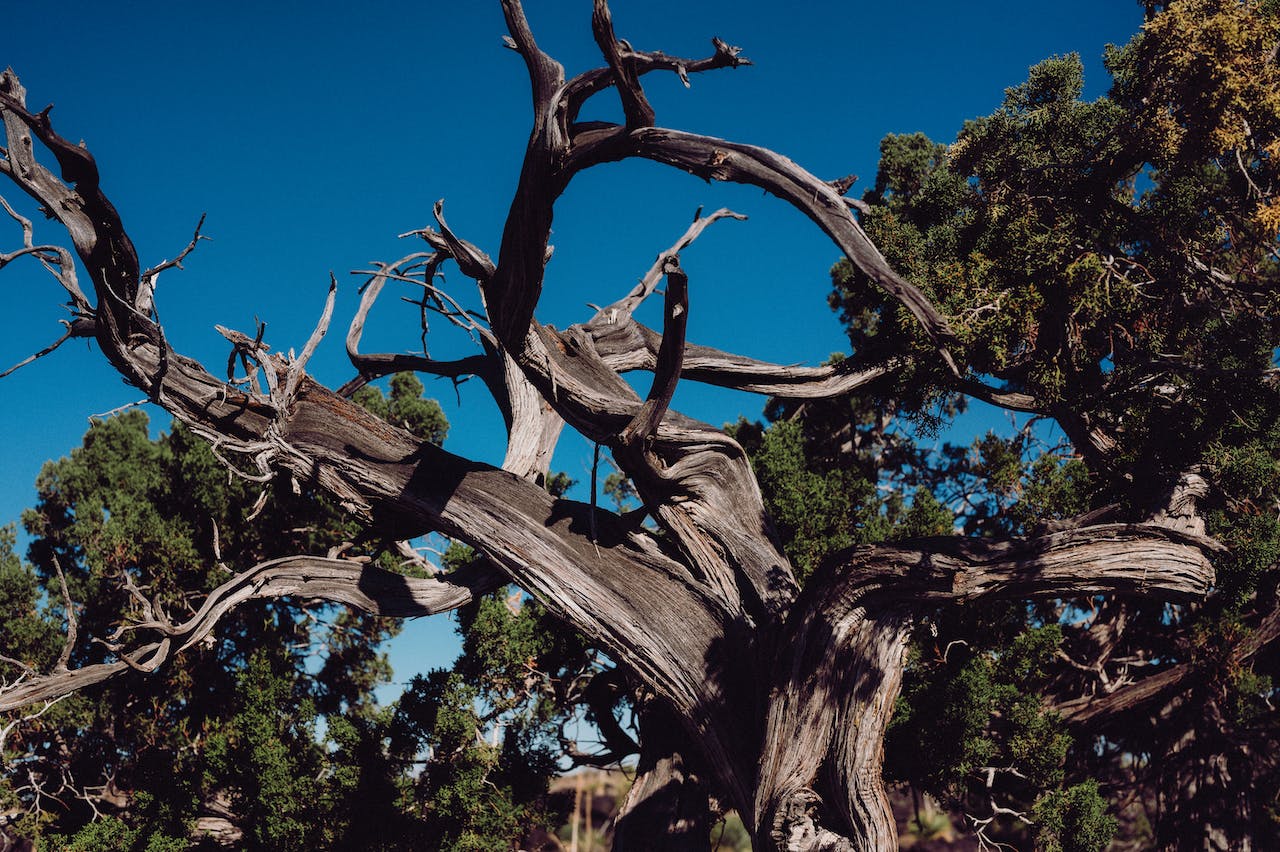
Trees can add immense beauty to your landscape, but when they succumb to disease, pests, or natural aging, they become potential hazards. Knowing how to remove a dead tree and its stump requires careful planning and expertise. In this article, we will walk you through essential tips and considerations for addressing both aspects of this process, emphasizing the importance of entrusting such tasks to certified professionals. While DIY approaches might seem tempting, the intricacies of tree removal demand specialized knowledge to ensure safety and prevent property damage. Discover the key steps and precautions on how to remove a dead tree stump and why seeking the assistance of skilled professionals is paramount in safeguarding your property and the surrounding environment.
Recognizing Signs of a Dead Tree
Determining whether a tree is alive or deceased is crucial for making informed decisions about removal. Dead trees pose various risks, including falling branches and potential damage to property. Here are key indicators that a tree may be dead:
- Leafless branches: A lack of leaves, particularly during the tree’s normal growing season, is a significant red flag.
- Brittle or peeling bark: Dry, brittle bark that easily peels away indicates a loss of vitality.
- Fungus growth: The presence of mushrooms or fungal growth around the base of the tree suggests decay and internal issues.
- Cracks or splits in the trunk: Visible cracks or splits can indicate structural instability and decay within the tree.
- Hollow or decayed areas: Hollow or soft areas in the trunk may signal advanced decay and compromise the tree’s structural integrity.
- Dead or hanging branches: Dead branches that do not produce leaves or hang precariously are potential hazards.
- Absence of new growth: If a tree fails to produce new shoots or buds, it may be a sign that it’s no longer alive.
Carefully observing these signs will help you assess the health of a tree and determine if professional removal is necessary to ensure safety and prevent potential hazards.
How to Remove a Dead Tree: Professional Techniques Used to Remove Dead Trees
Removing a dead tree requires a combination of expertise, precision, and safety measures. While it’s recommended to enlist the services of certified professionals, understanding the techniques they employ can provide insight into the complexity of the task. Here is a comprehensive list of professional techniques used for dead tree removal:
Climbing and Rigging
Arborists often climb trees using specialized techniques, securing themselves with ropes and harnesses. They carefully dismantle the tree in sections, using rigging equipment to control the descent of branches.
Crane-Assisted Removal
In cases where a tree poses a high risk or is located in a confined space, cranes may be employed to lift and remove large sections of the tree safely.
Directional Felling
Skilled arborists use directional felling to guide the tree’s fall. This technique involves making strategic cuts to control the tree’s direction during the felling process.
Wood Chipping
Branches and smaller debris are often processed through wood chippers, reducing them to wood chips for easy disposal or repurposing.
Stump Grinding
After the tree is removed, professionals often use stump grinders to grind the remaining stump below the ground level. This helps eliminate trip hazards and facilitates the planting of new vegetation.

How to Remove a Dead Tree Stump: Effective Methods to Remove a Dead Tree Stump
Once a dead tree has been removed, dealing with the remaining stump is a critical step to enhance the aesthetics of your landscape and prevent potential hazards. Removing a dead tree stump can be challenging, but various effective methods exist to address this task. Here’s a guide on how to remove a dead tree stump:
Stump Grinding
One of the most popular and efficient methods is stump grinding. Professionals use specialized stump grinders to mechanically grind the stump into small wood chips. This process not only removes the visible portion of the stump but also grinds it below the soil surface, preventing new growth.
Chemical Stump Removal
Chemical stump removal involves the use of specific chemicals to accelerate the decomposition of the stump. Drill holes into the stump, apply the chemical solution, and wait for the stump to decay over time. While this method requires patience, it is less labor-intensive.
Burning the Stump
In areas where local regulations permit, burning the stump is an option. Drill holes into the stump, fill them with fuel or kerosene, and ignite. Keep in mind that this method requires careful supervision to ensure the fire doesn’t spread.
Manual Removal
For smaller stumps, manual removal is possible with the use of an axe, pickaxe, or chainsaw. Gradually chip away at the stump, exposing the roots, and then cut them using a saw or pruning tool. This method is more time-consuming and labor-intensive.
Excavation
Excavating the stump and its roots is another method, especially for larger stumps. Use an excavator or other digging equipment to unearth the stump and its root system. This method is effective but may cause more disruption to the surrounding area.
Natural Decay
Allowing the stump to decay naturally is a more passive approach. Cover the stump with soil, keep it moist, and let fungi, bacteria, and insects break down the wood over time. This method is environmentally friendly but may take several years for complete decomposition.
Need to Remove a Dead Tree or Tree Stump? Contact Treewurk Today
If you reside in the vibrant communities of Georgia, including East Cobb, Buckhead, Sandy Plains, Wildwood, Brookhaven, Canton, Woodstock, Acworth, Kennesaw, Marietta, Smyrna, Powder Springs, Vinings, Dunwoody, Alpharetta, Roswell, Sandy Springs, Duluth, Dallas, Hiram, and beyond, and find yourself in need of professional tree and tree stump removal services, look no further than Treewurk. Our team of certified arborists and tree removal experts is dedicated to ensuring the safety and beauty of your property. Contact us today for a free estimate or to learn more about our comprehensive services. Trust Treewurk for all your tree removal needs in Georgia.

